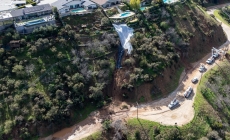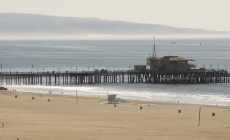Europe’s extreme-right tide has been a long time coming. Early breakthroughs punctuated the 1980s and ’90s, with a period of steady advances in the 2000s, not least in Austria, where the far right entered government. But in the wake of the Covid pandemic and the war in Ukraine, an important shift has taken place. Rather than mere electoral contenders or shapers of public opinion, Europe’s far-right parties now appear as plausible and normal forces of government. Long a purely oppositional force, they are moving into the halls of power.
What explains this new and alarming development? After the votes for Donald Trump and Brexit in 2016, followed by electoral breakthroughs for Ms. Le Pen and the Alternative for Germany party, many sought to explain the far-right’s rise through the concept of populism. Yet the explanation always hid more than it revealed. For one thing, it implied that the far-right leaders were authentic representatives of a forgotten people — even when the politicians in question often had elite backgrounds. For another, it seemed to blame the rise of right-wing forces on irrational voters, overlooking those that have held power on the continent in the past 30 years.
Since the signing of the Maastricht treaty in 1991, which locked in low public spending and deflation, European politicians have increasingly become beholden to business interests at the expense of citizens. Through this process, which the political scientist Peter Mair termed “elite withdrawal,” representatives grew hesitant to make grand promises to voters, lest any threaten their pro-market policies.
They thus had to find another way of maintaining control. That is where the far right came in handy. By invoking the threat of impending right-wing extremism, mainstream politicians could present themselves as the lesser evil. As long as their power was untouched, politicians seemed relaxed about how political common sense — notably on immigration and welfare — slipped ever farther to the right.
It largely worked. For close to three decades, mainstream parties across the continent held sway, undisturbed by serious opposition. But they were, if anything, too successful. Without the counterforces that once balanced Europe’s unstable societies — such as the strong left-wing parties and unions that were defeated in the 1970s and ’80s — European rulers lost discipline. Under their watch, inequality rose, economies malfunctioned, and public services began to wither. In this parlous setting, the far right gradually managed to position itself as the only credible challenger to the system. After gathering support on the sidelines, its time has come.































